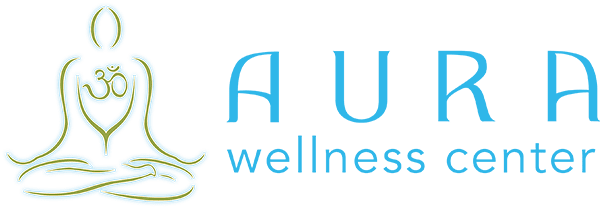Yoga for Arthritis Pain
Yoga consists of breathing exercises, holding poses, meditation and other activities. A Restorative Hatha class gives a person complete freedom to perform the postures (asanas) without causing pain. People can modify yoga postures any way they want, to get the best possible alignment, and still gain the benefits. Yoga improves flexibility, enhances strength, balances muscle groups, boosts mental activity, improves physical energy, relieves stress, and improves one’s mood. Replacing constant pain, with positive feelings, is what separates physical yogic methodology from many fitness programs.
